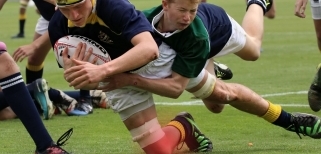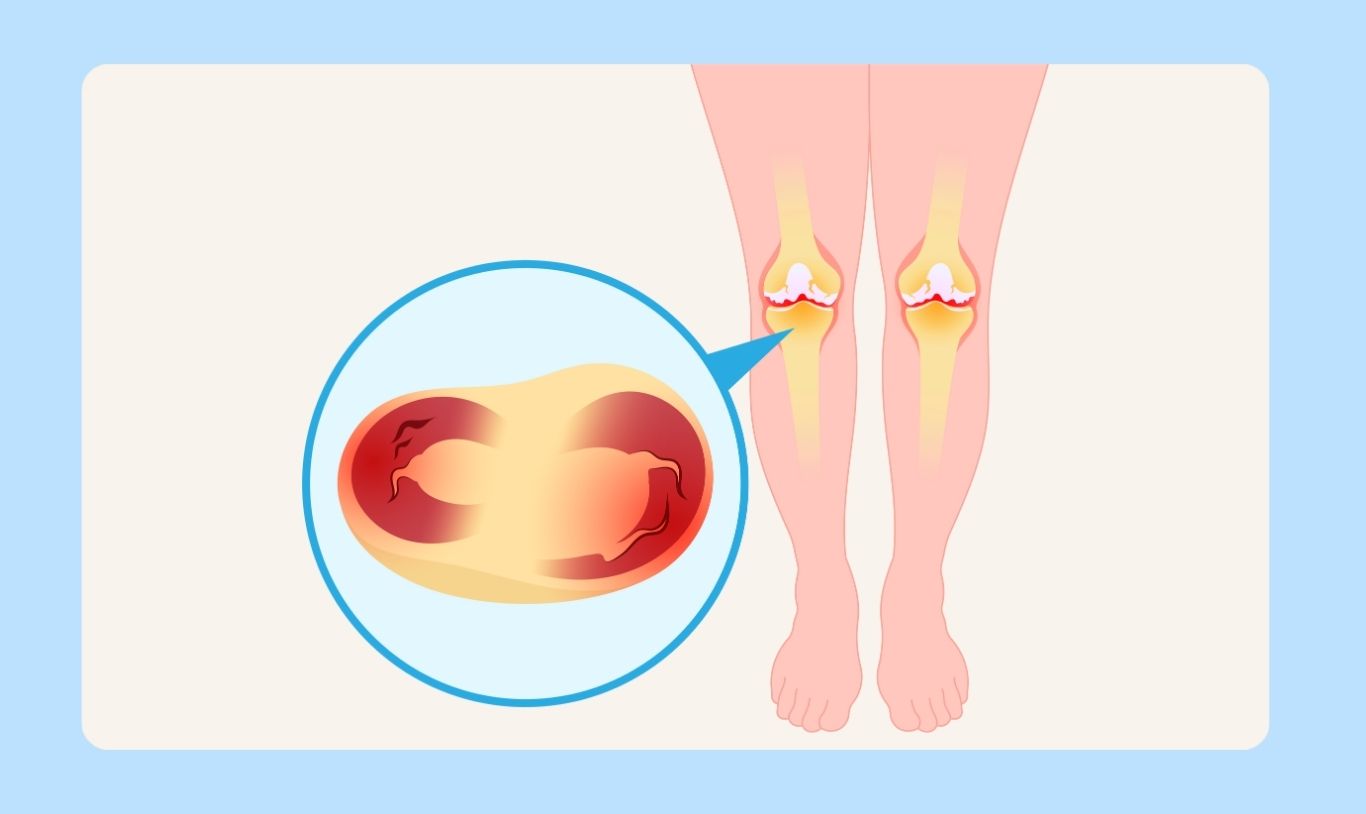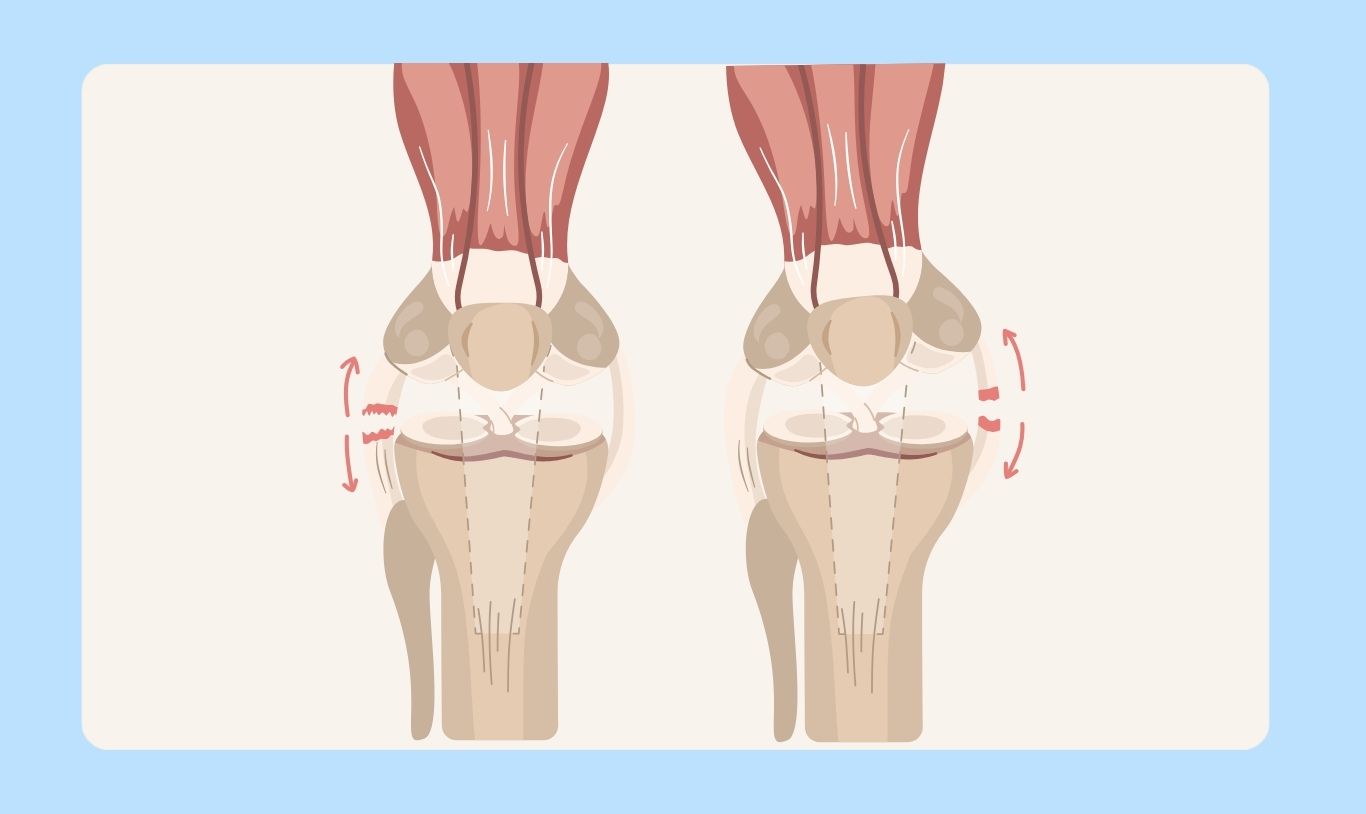




Health Information



Common Rugby Injuries: Rugby Knee

Common Rugby Injuries: Rugby Knee (by Sportsperformance Physiotherapy)
Rugby Knee injuries can significantly impact performance, but with the right treatment, athletes can recover and return to the field stronger than ever.
What are the common knee injuries from rugby?
Knee injuries from rugby typically occur due to the high-impact nature of the sport, including tackling, sudden changes in direction, and collisions. Common types of knee injuries in rugby include:
1. ACL and PCL Injuries: The anterior cruciate ligament (ACL) is crucial for knee stability and is more commonly injured than the posterior cruciate ligament (PCL). An ACL injury often involves a "pop" sound, severe pain, and swelling. There will be marked instability of the knee, making it difficult to walk on the affected leg.

- Treatment:
Immediate treatment using the PRICE protocol (Protection, Rest, Ice, Compression, Elevation) is essential. Surgical intervention may be required, depending on the severity of the injuries. It is then followed by a structured rehabilitation program lasting 6 to 9 months for optimal recovery.
2. Meniscus Tears: The meniscus acts as a cushion in the knee joint. Excessive twisting or impact can lead to tears, causing vague pain, swelling, and stiffness. This may need to be repaired surgically in severe cases, but some can recover with a structured rehabilitation program focused on pain management and muscle strengthening.

3. MCL and LCL Injuries: The medial collateral ligament (MCL) and lateral collateral ligament (LCL) can also be sprained or torn. These injuries typically heal without surgery. Physiotherapy focuses on pain relief, swelling reduction, and a step-by-step program to regain knee function.

How Can Physiotherapy Help?
Physiotherapy is essential for both diagnosing and treating. Here’s how physiotherapists can assist:
- Comprehensive Assessment: A thorough examination to determine the type and severity of the injury.
Treatment Techniques:
- Manual Therapy: Techniques such as massage and joint mobilization to alleviate pain and improve mobility.
- Exercise Rehabilitation: Tailored exercises to strengthen the muscles around the knee and improve stability.
- Personalized Rehabilitation Plans: Developing a specific recovery program focused on restoring function, strength, and balance. This may include:
- Strength Training: Building the quadriceps and hamstrings to support the knee joint.
- Proprioceptive Training: Exercises to improve balance and coordination, reducing the risk of future injuries.
- Education and Prevention Strategies: Providing guidance on proper techniques and conditioning to avoid injuries in the future.
Knee injuries from rugby can be serious, but with timely intervention and effective physiotherapy treatment, players can return to their sport with confidence.
If you experience any sport-related injuries or need to restore optimal physical health, you should make an appointment to seek advice from a professional physiotherapist or medical expert to obtain a proper diagnosis and appropriate treatment.
Further reading:



